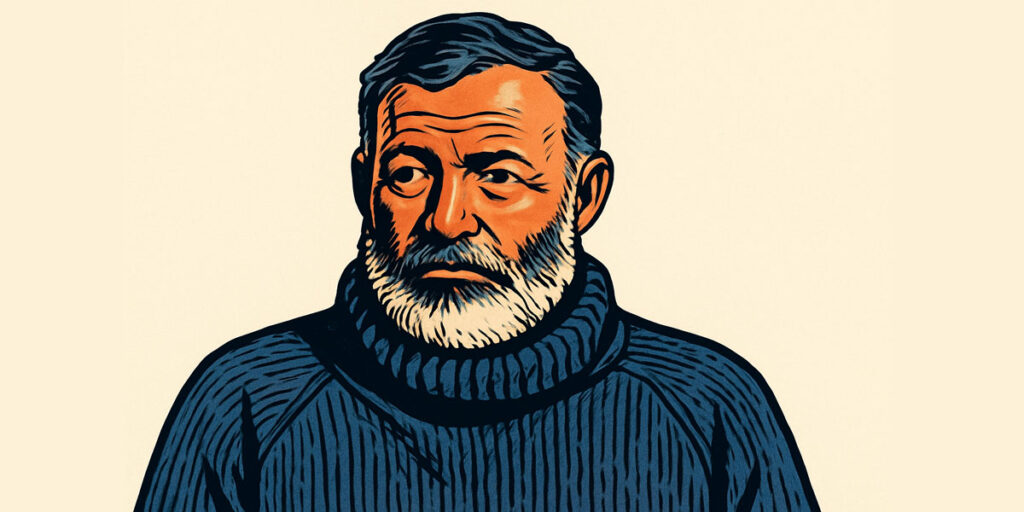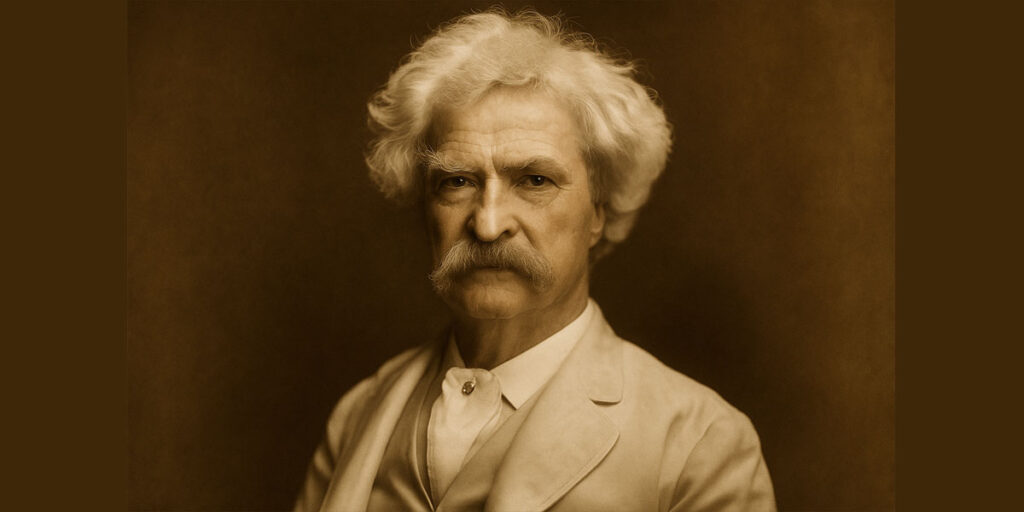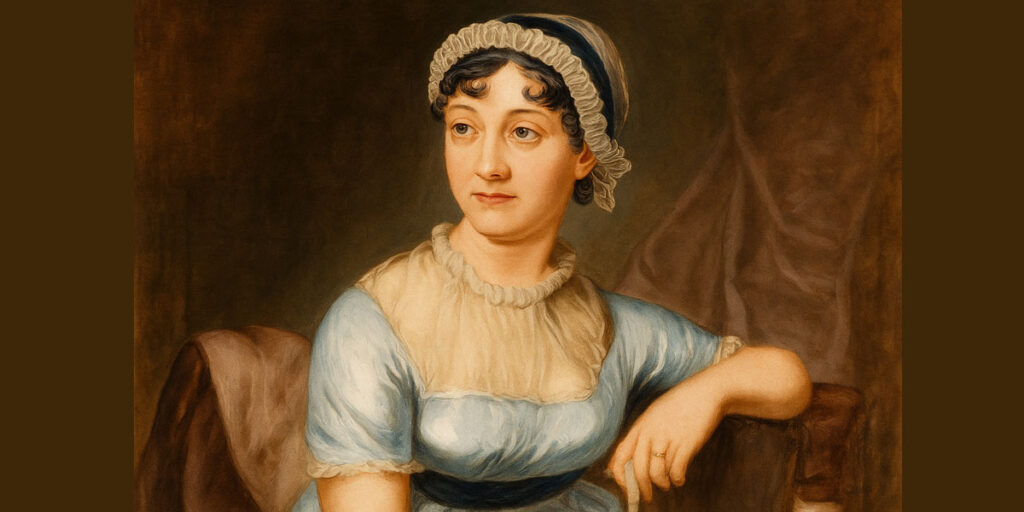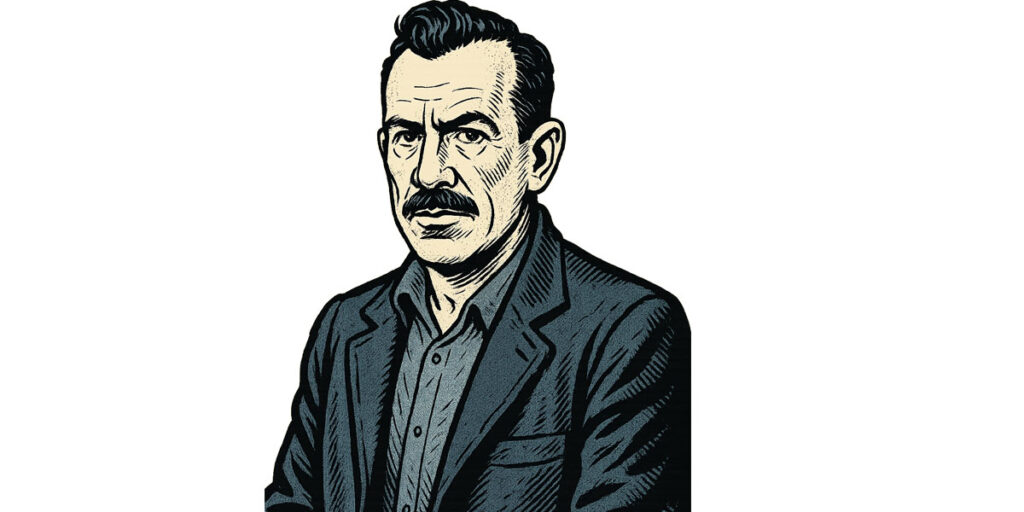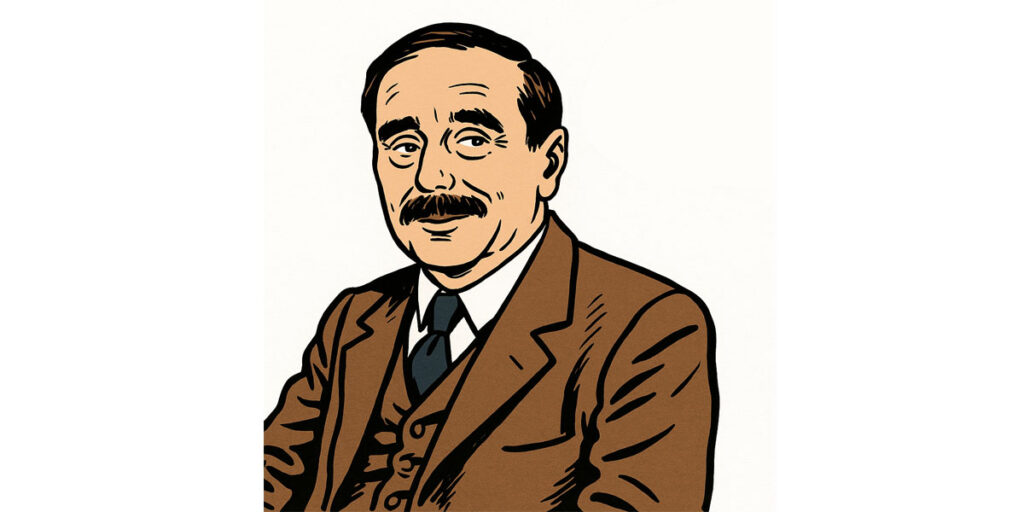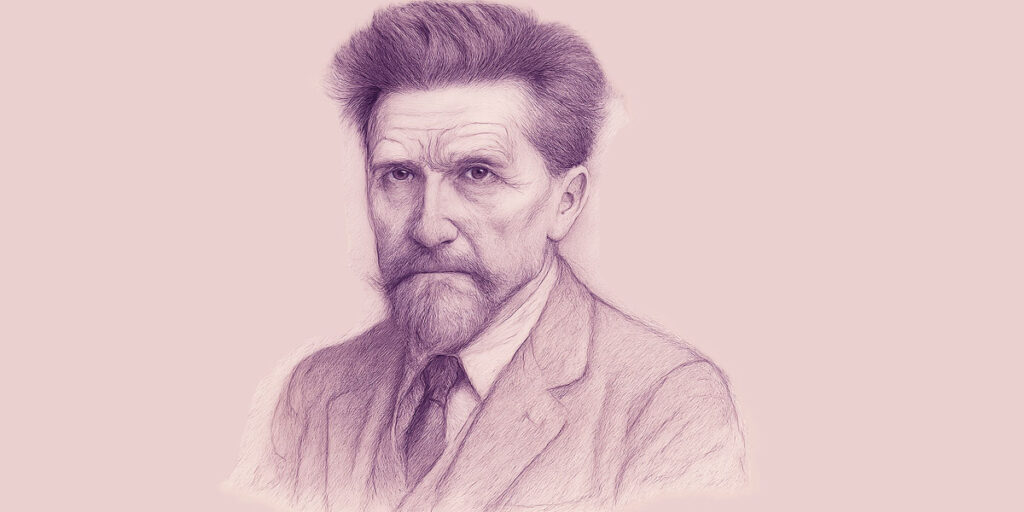The Story of Ernest Hemingway: From Oak Park Roots to Literary Legend
Born in Oak Park, Illinois, 1899
In the quiet, tree-lined streets of Oak Park, Illinois—a village just outside the thrum of Chicago—stood a house buzzing with light, laughter, and potential. It was in this Queen Anne-style home on July 21, 1899, that one of America’s greatest storytellers, Ernest Hemingway, took his first breath. The house, built by his grandfather, was the first in the neighborhood to have electricity. This was no ordinary home, and Hemingway was destined for no ordinary life.
Inside, the young Ernest was surrounded by a curious mix of science and art. His father, Dr. Clarence Hemingway, loved the outdoors and often took his son fishing and hunting in the woods of northern Michigan. From him, Ernest learned about discipline, observation, and survival—skills that would echo in the rough, clean prose of his later writing.
His mother, Grace Hall Hemingway, was a talented opera singer and music teacher with a flair for Victorian formality. She encouraged a love for the arts, dressed Ernest and his siblings in frilly clothes for portraits, and filled the house with music. Their relationship was complicated, but the duality of her influence—artistic elegance paired with emotional conflict—would come to shape many of Hemingway’s characters, particularly the strong yet haunted women of his novels.
A Young Pen Finds Its Voice
Ernest wasn’t just an outdoorsman; he was a keen observer, an athlete, and a budding writer. At Oak Park and River Forest High School, he joined the school newspaper and literary magazine. His early stories and articles hinted at the voice he would one day perfect—clear, direct, and emotionally charged beneath the surface.
He was known as a risk-taker, often boxing or playing football after school. But after graduating in 1917, instead of heading to college, Ernest packed his dreams and traveled to Kansas City, where he worked as a cub reporter for The Kansas City Star. The paper’s editorial guidelines became his gospel: “Use short sentences. Use vigorous English. Be positive, not negative.” It was the perfect training ground for a young man who would change American literature forever.
Leaving Oak Park—but Carrying It Always
The moment he left for the war, volunteering as an ambulance driver in World War I, his life would never be the same. He was wounded on the Italian front, fell in love with a nurse, and returned to the United States disillusioned—but full of stories.
Though he rarely returned to Oak Park, the contrast between its conservative, buttoned-up values and his own quest for truth and raw experience followed him. That tension—the neatness of home versus the chaos of the world—showed up again and again in his work. Whether he was writing about a disillusioned war veteran in The Sun Also Rises or an old fisherman in The Old Man and the Sea, Hemingway was chasing something he could never quite find: clarity, courage, and the meaning of manhood.
Legacy Rooted in a Small Town
Today, the house where it all began still stands at 339 N. Oak Park Avenue. It has been lovingly restored as the Ernest Hemingway Birthplace Museum, and it welcomes visitors from around the world who want to step into the rooms where young Ernest scribbled his first thoughts, listened to his mother’s piano playing, and dreamed of adventures far beyond the picket fences of Illinois.
Inside, you’ll find antique furniture, family photos, and echoes of a childhood that gave the world a writer like no other. The air carries the soft hum of potential—the feeling that somewhere, a young boy might be beginning a story that would someday shape history.
Ernest Hemingway may have walked many paths—in Paris cafés, Spanish bullrings, African safaris, and Cuban fishing boats—but Oak Park, with its quiet streets and early light, was his first stage. And like any good story, it all began at home.
After the war and his short stint back in the U.S., Hemingway left for Paris in the early 1920s. There, among the vibrant crowd of artists and writers who would come to be known as the “Lost Generation,” his voice sharpened, his vision cleared, and his pen began to carve unforgettable stories into literary stone.
In 1926, Hemingway released The Sun Also Rises, his first major novel. It was raw, fresh, and unapologetic—a tale of post-war disillusionment, of Americans and Britons wandering through Europe, drinking, loving, and searching for meaning. The world took notice. He had captured a generation’s silent scream and dressed it in sparse, beautiful prose.
Three years later, in 1929, he published A Farewell to Arms. This time, he reached even deeper into the wounds of war. Based on his own World War I experiences, the novel told the tragic love story of Frederic Henry and Catherine Barkley. It was a tale of duty, heartbreak, and the inevitability of loss. Readers were stunned, and the novel cemented Hemingway as one of the literary giants of his time.
In 1932, he explored his fascination with the Spanish tradition of bullfighting in Death in the Afternoon, a nonfiction work that gave readers insight into courage, ritual, and mortality. Around the same time, he was traveling through Africa, falling in love with the wilderness and writing stories about danger and survival.
By 1937, with the Spanish Civil War unfolding, Hemingway turned his experiences into the novel To Have and Have Not, a tale set in Key West and Cuba. It introduced readers to Harry Morgan, a tough man grappling with the choices between law, survival, and justice. Hemingway was also reporting from Spain, and his views on war and politics were shifting.
In 1940, he gave the world For Whom the Bell Tolls. Inspired by his time covering the Spanish Civil War, the novel follows American dynamiter Robert Jordan, who fights alongside Spanish rebels. It was an immediate sensation—both a political statement and a timeless story of bravery, love, and sacrifice.
Years passed. Hemingway aged. He went on safaris, survived plane crashes, lived in Cuba, and kept writing.
Then came 1952, and with it, The Old Man and the Sea. It was short, poetic, and profound—the story of Santiago, an old fisherman locked in a struggle with a giant marlin in the Gulf Stream. Simple on the surface, but filled with deep themes of resilience, dignity, and man’s eternal battle with nature. The novella brought Hemingway the Pulitzer Prize in 1953.
In 1954, Hemingway was awarded the Nobel Prize in Literature. The Nobel committee praised his mastery of narrative and his influence on contemporary style. By then, he had become a living legend.
After his death in 1961, more of his writings surfaced. In 1964, A Moveable Feast was published—a lyrical memoir of his Paris years, filled with vivid memories of cafés, friendships with Gertrude Stein, F. Scott Fitzgerald, and a young man’s longing to be great.
Later, posthumous works like Islands in the Stream (1970) and The Garden of Eden (1986) offered deeper looks into the mind of a man who lived boldly and wrote even more bravely.
Through each decade, Hemingway’s words reflected the man: adventurous, conflicted, disciplined, and driven by a thirst for truth. From his boyhood in Oak Park to the Nobel stage, his literary milestones marked more than just career highs—they traced the life of a restless soul trying to find meaning in a world that never stood still.
Wandering the World, Chasing the Truth
Though Ernest Hemingway left Oak Park behind as a young man, he never stopped running—from place to place, from war to wilderness, and sometimes from himself. His life was one of motion and obsession, of extremes and escape. Wherever he went, he carried a notebook, a typewriter, and the hunger to translate life into truth on the page.
After his time in Paris, where he was a literary torchbearer of the 1920s expat generation, Hemingway developed a lifelong habit of living among the chaos and writing about it with clarity. His early years in France were marked by a lean kind of joy—poverty mixed with purpose. He wrote in cafés with black coffee and cigarettes, walked along the Seine in the mist, and traded wisdom with Gertrude Stein and Ezra Pound. These years would later come alive in his posthumously published memoir, A Moveable Feast.
But Paris was just the beginning.
Spain, Bullfights, and the Sound of War
Hemingway’s love for Spain was fierce and lifelong. He didn’t just observe the country—he absorbed it. From the pageantry of bullfighting to the raw violence of the Spanish Civil War, Spain gave Hemingway a stage for some of his most vivid themes: courage, death, loyalty, and betrayal.
He watched matadors like artists at war with death. He followed rebels into the trenches and felt the pulse of a country splitting in two. In Spain, Hemingway became more than a writer—he became a witness. His writing about the war, both fictional and journalistic, captured the broken nobility of those fighting for a cause. For Whom the Bell Tolls wasn’t just a novel—it was his elegy for Spain, for idealism, and for a world slipping into darkness.
Africa, the Hunt, and Near-Death
In the 1930s and again in the 1950s, Hemingway sought wildness in Africa. It was there, under vast skies and among wild beasts, that he found something ancient and humbling. The African plains gave him stories—The Snows of Kilimanjaro and The Short Happy Life of Francis Macomber—tales about mortality and the thin line between bravery and cowardice.
But Africa also gave him pain. In 1954, he survived two plane crashes in two days—first over the Murchison Falls in Uganda, then again during a rescue flight. Newspapers prematurely reported his death. When he emerged, badly injured and bandaged, Hemingway read his own obituaries with a strange grin. Death had come close enough to touch, and still, he endured.
Cuba, the Sea, and Solitude
In his later years, Hemingway found a kind of refuge in Finca Vigía, his house outside Havana, Cuba. There, surrounded by cats, rum, and the rhythmic slap of waves, he found inspiration for his final great triumph: The Old Man and the Sea. The sea had always been part of him, and in Santiago, the fisherman, Hemingway distilled his own aging spirit—wounded, proud, but unbroken.
Cuba suited him: the isolation, the routines, the ocean. He went marlin fishing, nursed hangovers, and hammered away at his typewriter as if time were a beast to be outrun.
Shadows, Struggles, and the Final Chapter
But the shadows grew longer.
As the 1950s waned, Hemingway struggled with depression, paranoia, and physical ailments—compounded by years of alcohol abuse and the trauma from war, accidents, and fame itself. He believed the FBI was watching him (they were). He believed his talent was vanishing (it wasn’t, but it was harder to find). He was a man built for intensity, and in the quiet, his mind turned on him.
In 1961, just days after being released from a psychiatric clinic in Minnesota, Hemingway took his own life in Ketchum, Idaho.
His death was a heartbreak for the world—but not the end of his story.
The Legacy Lives On
Ernest Hemingway didn’t just write stories; he lived them. Every line he put to paper bore the weight of a life tested by war, love, loss, adventure, and a relentless quest for truth. He was the mythic American writer—stoic and bruised, elegant in simplicity, and fiercely loyal to the idea that a man should write what he knows, and live it first.
From the bright Victorian rooms of Oak Park to the cafés of Paris, the trenches of Italy, the bullrings of Madrid, and the warm shores of Havana, Hemingway left pieces of himself all over the world. Today, readers still follow his trail—through books, through museums, and through the idea that great writing must come from a great, if troubled, life.
And somewhere, in a sunlit room on a quiet Illinois street, a small boy with a curious mind and a world to conquer still picks up a pencil and begins to write.
